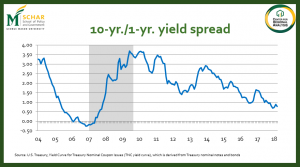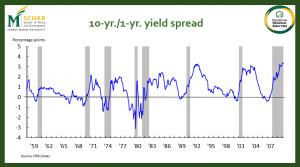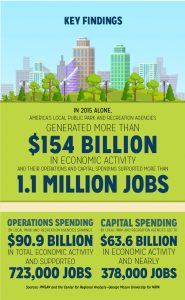
Good Day!
We are excited to announce the date for this year’s Economic Forum to be presented jointly by the Stephen S. Fuller Institute and Center for Regional Analysis at Mason.
Read the Conference Issue of Washington Economy Watch: Here
Come hear GMU colleagues Stephen Fuller and Terry Clower as they examine the DC region’s current challenges, opportunities, and economic outlook for 2023.

When:
Tuesday, November 15, 2022
8:30 am – 11:00 am (ET)
Where:
GMU Arlington Campus
Van Metre Hall, 1st Floor Auditorium
3351 Fairfax Dr., Arlington, VA 22201
Metro: Clarendon, Virginia Square
Parking Garage Access: Off N. Kirkland Street
Registration
Attendance is free but please register at CRA_Event
| Agenda | |||
| 8:30 – 9:00 | Coffee and Fellowship | ||
| 9:00 – 9:03 | Welcome to Campus | Dean Mark Rozell | |
| 9:03 – 9:10 | President’s Welcome | Dr. Greg Washington | |
| 9:10 – 9:20 | Opening remarks | Bob Buchanan | |
| 9:20 – 10:00 | Is the Washington Region’s Economy Still Recession Proof? | Dr. Stephen S. Fuller | |
| 10:00 – 10:40 | Challenges, Opportunities, & Adaptation: The National Capital Region in 2023 and Beyond | Dr. Terry L. Clower | |
| 10:40 – 11:00 | Q&A, Engagement | Dr. Clower & Dr. Fuller | |
| 11:00 | Adjourn |
Questions? Email us at [email protected]
We look forward to seeing you all in person on November 15, 2022!




